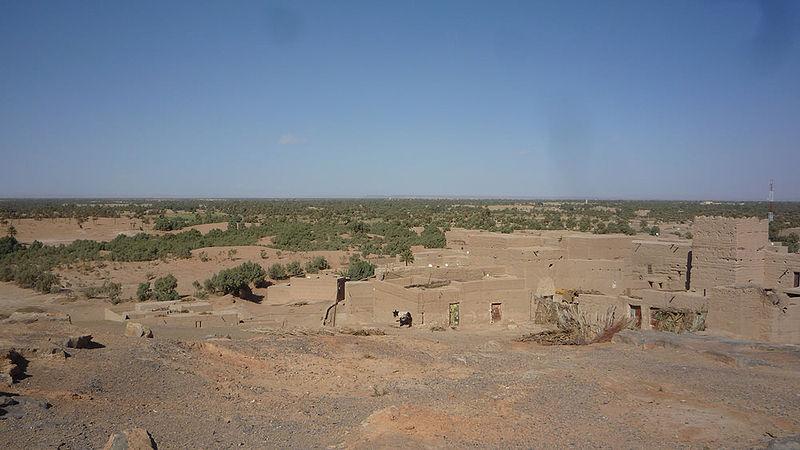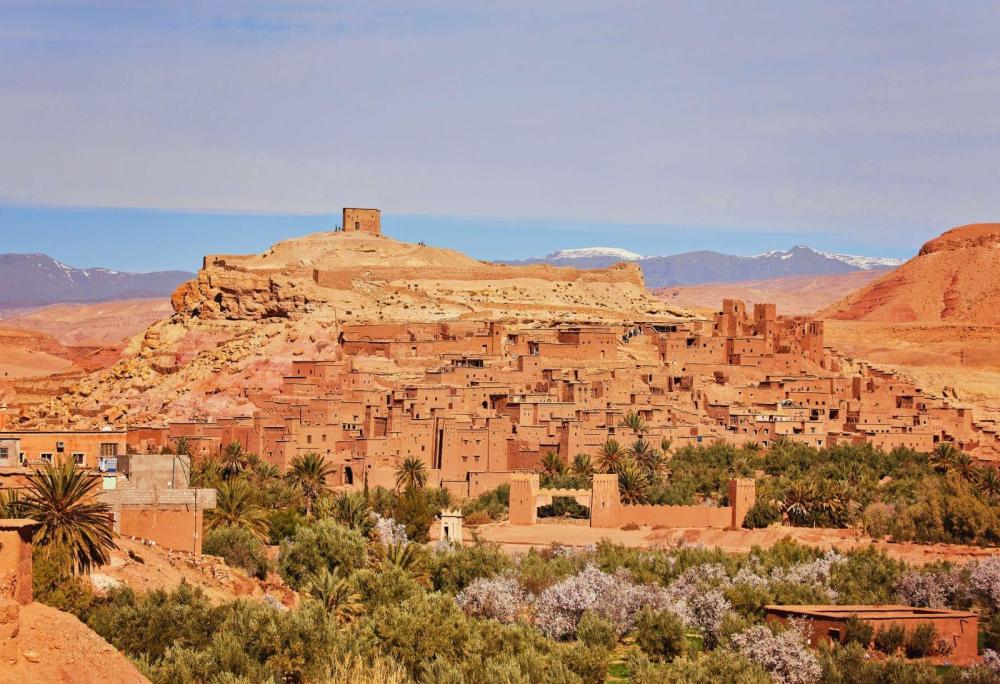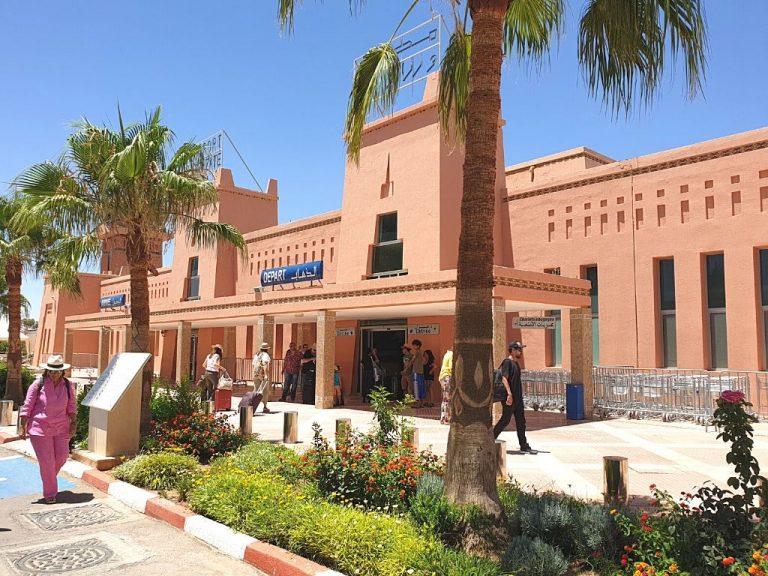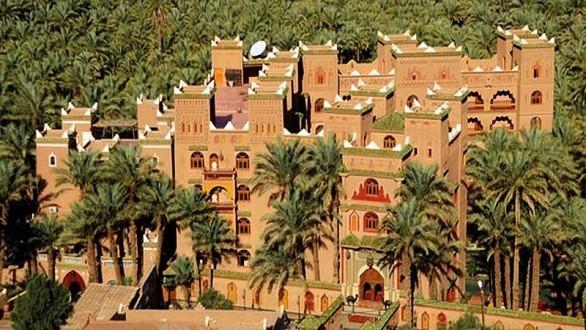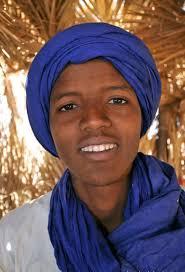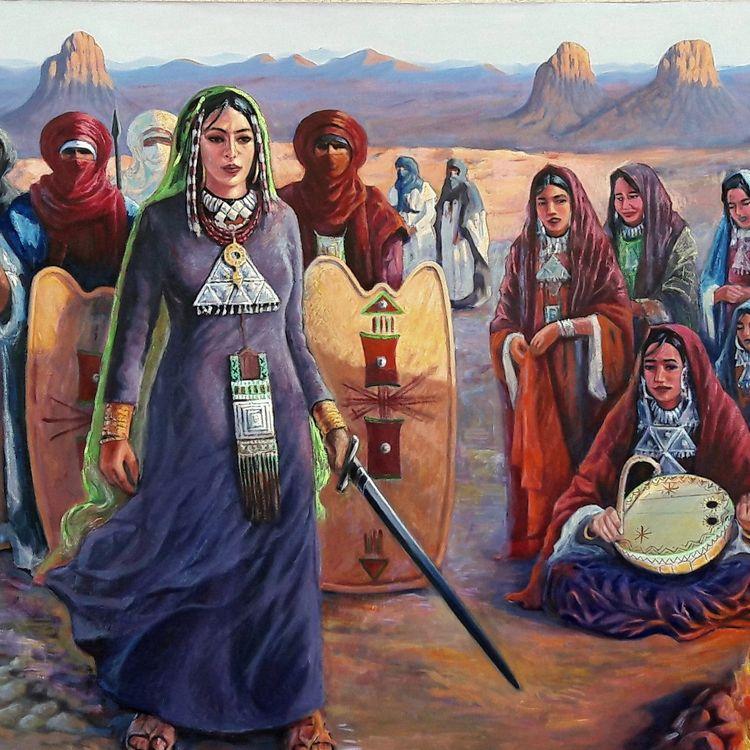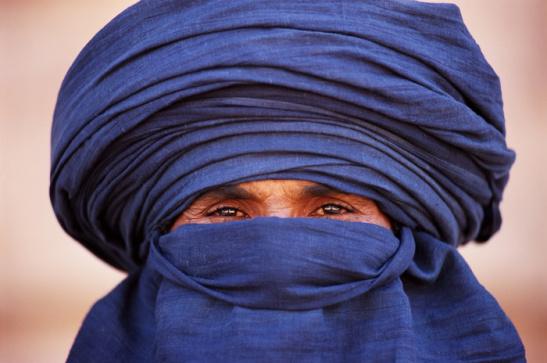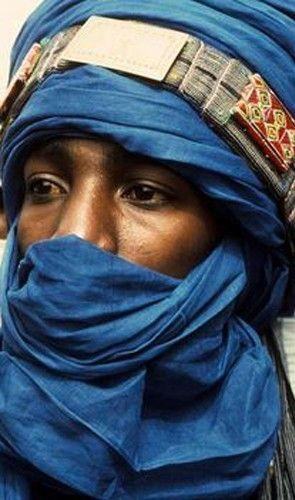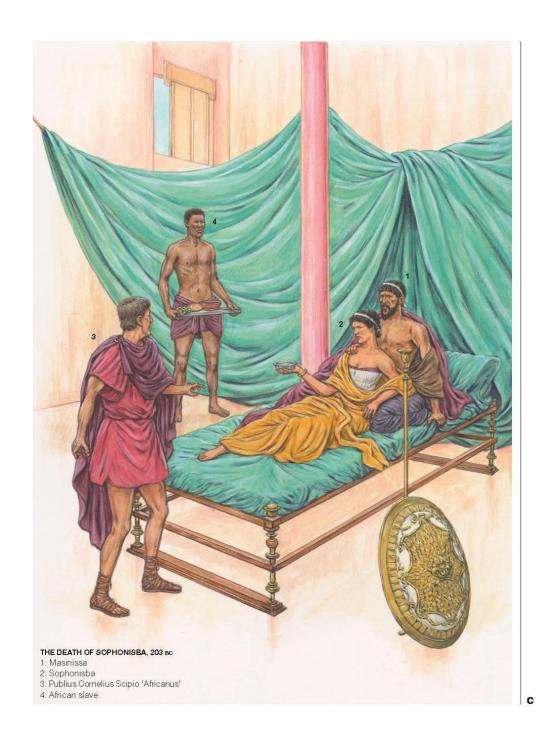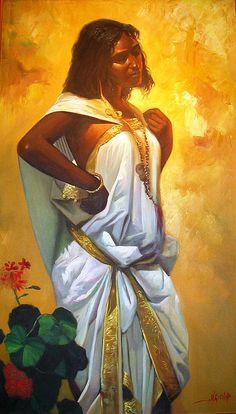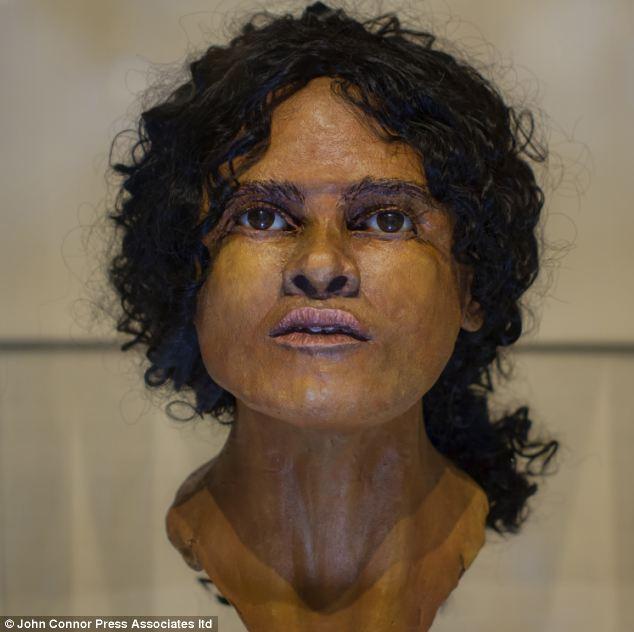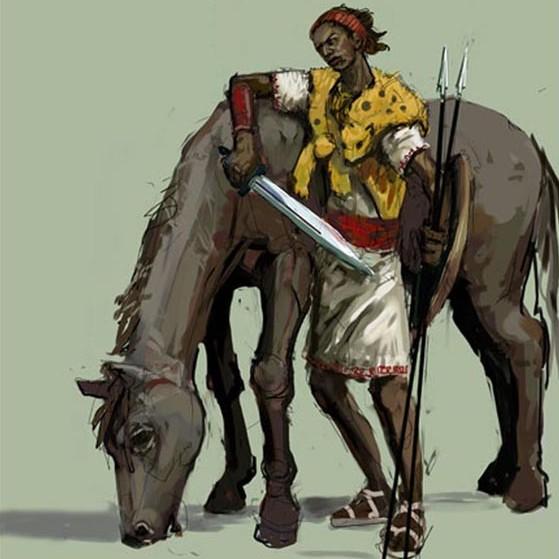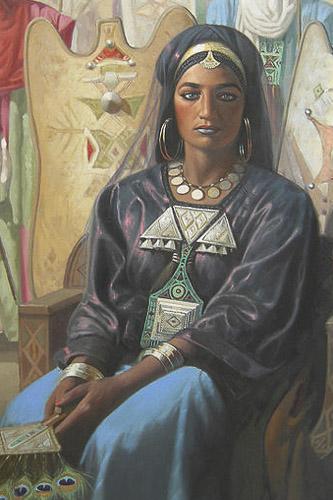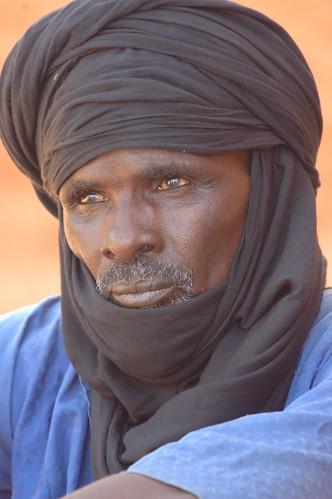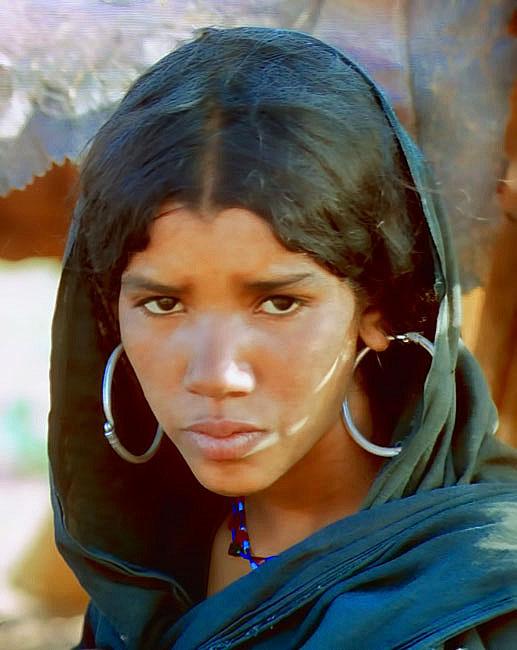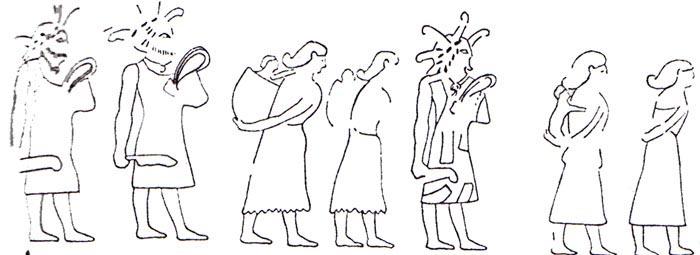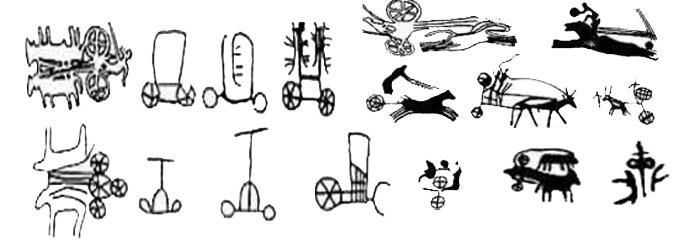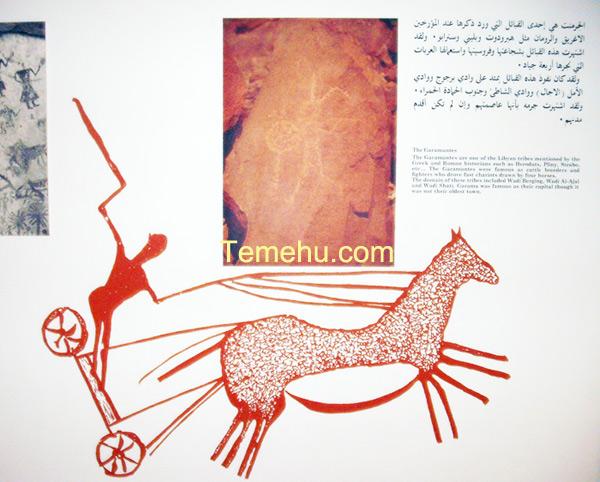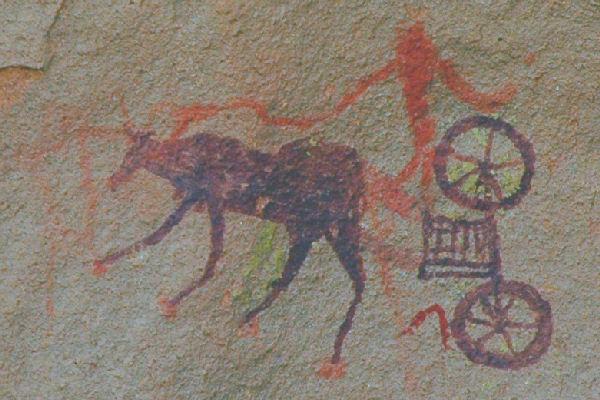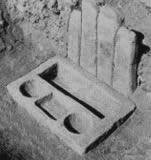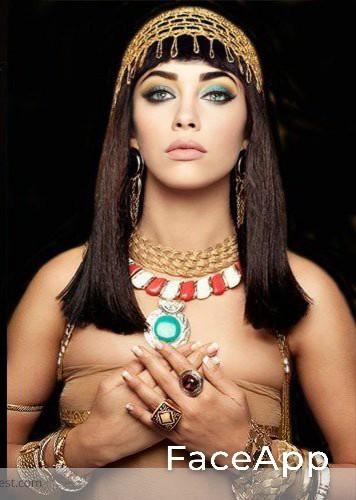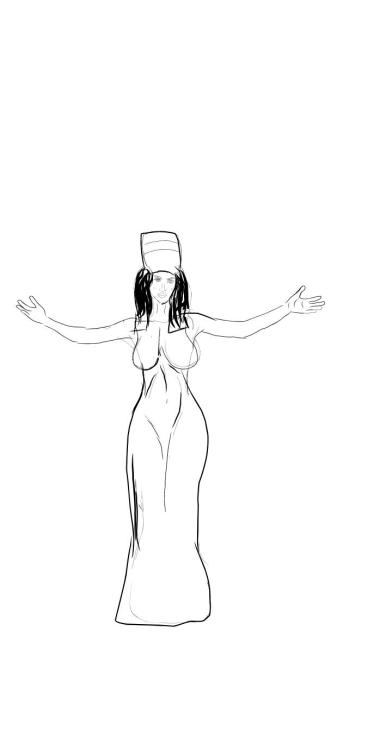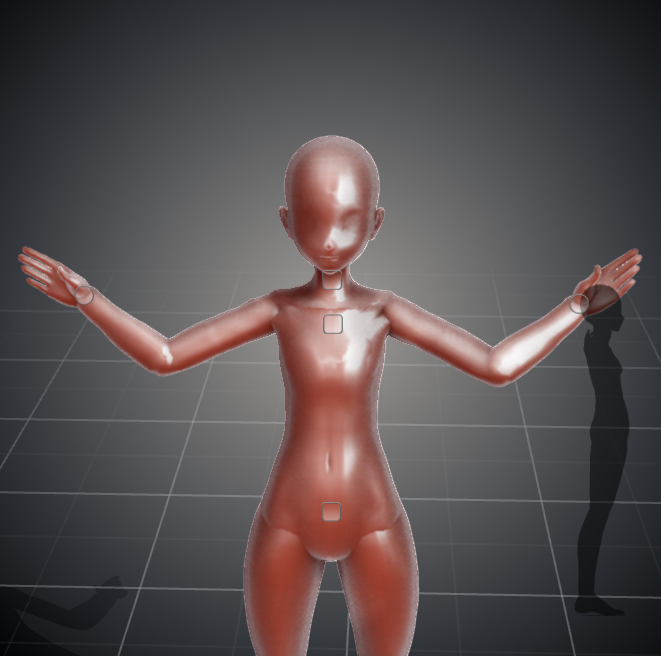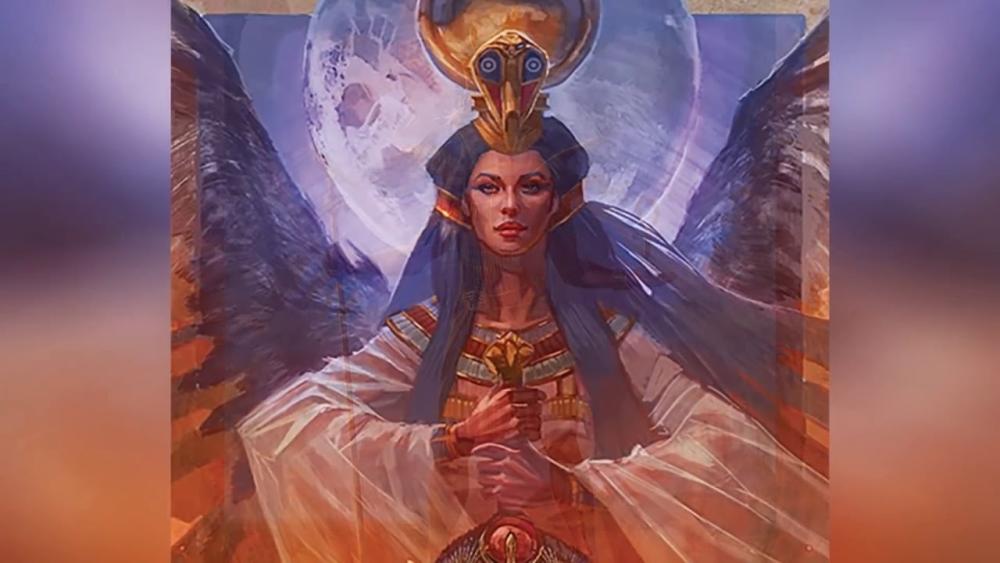-
Posts
25.684 -
Joined
-
Days Won
300
Everything posted by Lion.Kanzen
-
@wowgetoffyourcellphone
-
.thumb.png.ce58cea22940c255f5b0a735d5abee36.png)
Addition of Han Chinese to 0AD
Lion.Kanzen replied to Yekaterina's topic in Game Development & Technical Discussion
@AIEND ideas for relics. Almost each faction have a relic in that mode. Another question: which mercenaries can be suitable? -
.thumb.png.ce58cea22940c255f5b0a735d5abee36.png)
===[TASK]=== Crowd Sourced - Garamantians (Faction)
Lion.Kanzen replied to Lopess's topic in Game Modification
An Aspid can suit well. -
.thumb.png.ce58cea22940c255f5b0a735d5abee36.png)
Addition of Han Chinese to 0AD
Lion.Kanzen replied to Yekaterina's topic in Game Development & Technical Discussion
We need volunteers. -
.thumb.png.ce58cea22940c255f5b0a735d5abee36.png)
===[TASK]=== Crowd Sourced - Garamantians (Faction)
Lion.Kanzen replied to Lopess's topic in Game Modification
Tuareg people are related group. https://en.m.wikipedia.org/wiki/Tafilalt Tafilalet is in Morocco. But still same group of cultures. They must be contemporary but the colors are like the Kushites -
.thumb.png.ce58cea22940c255f5b0a735d5abee36.png)
===[TASK]=== Crowd Sourced - Garamantians (Faction)
Lion.Kanzen replied to Lopess's topic in Game Modification
-
.thumb.png.ce58cea22940c255f5b0a735d5abee36.png)
===[TASK]=== Crowd Sourced - Garamantians (Faction)
Lion.Kanzen replied to Lopess's topic in Game Modification
Tin Hinan was a 4th-century Tuareg queen. Her monumental tomb is located in the Sahara, at Abalessa in the Hoggar region of Algeria. Tin Hinan is sometimes referred to as "Queen of the Hoggar",[1][2] and by the Tuareg as Tamenokalt[3] which also means "queen".[4] The name literally means "woman of the tents",[4] but may be metaphorically translated as "mother of us all".[5] According to the stories told in the region, Tin Hinan was a "fugitive princess" who lived sometime in the fourth century AD. Driven from the northern parts of the Sahara, she and her caravan of followers, so the stories go, nearly perished in the wilderness until they stumbled upon grain in desert anthills.[6] In other legends less corroborated, Tin Hinan has been referred to as a Muslim[nb 1] of the Braber tribe of Berbers who came from Tafilalt oasis in the Atlas Mountains in Morocco accompanied by a maidservant named Takamat. In this legend, Tin Hinan had a daughter (or granddaughter), whose name is Kella, while Takamat had two daughters. These children are said to be the ancestors of the Tuareg of the Ahaggar. Another version is that Tin Hinan had three daughters (who had totemic names referring to desert animals) who were the tribal ancestors. By the early twentieth century, the story of Tin Hinan had long been told, and many believed that it was simply a legend or a myth. However, in 1925, explorers discovered her tomb, proving that she was a historical figure.[6] Located not far from the oasis of Abalessa, Algeria, about 1,000 miles (1550 kilometers) south of Algiers, on a rounded hill rising about 125 ft (38 meters) above the junction of two wadis, the tomb is pear-shaped in plan with a major axis of about 88 ft (27 meters). It contains 11 rooms or courts. The tomb of Tin Hinan was opened by Byron Khun de Prorok with support from the French army in 1925, and archaeologists made a more thorough investigation in 1933. It was found to contain the skeleton of a woman (probably buried in the fourth century AD) on a wooden litter, lying on her back with her head facing east. She was accompanied by heavy gold and silver jewellery, some of it adorned with pearls. On her right forearm she wore 7 silver bracelets, and on her left, 7 gold bracelets. Another silver bracelet and a gold ring were placed with the body. Remains of a complex piecework necklace of gold and pearls (real and artificial) were also present. A number of funerary objects were also found. These included a "Venus" statue, a glass goblet (lost during World War II), barbed arrowheads of iron, an iron knife, and a gold foil which bore the imprint of a Roman coin of Constantine I issued between 308 and 324 CE. A 4th to 5th century date is consistent with carbon dating of the wooden bed and also with the style of pottery, a pottery lamp of third-century Roman type, and other tomb furniture.[7] Tifinagh inscriptions are inscribed on the wall stones. The tomb itself is constructed in a style that is widespread in the Sahara. An anthropological study of the remains concluded the skeleton was that of a tall middle-aged Berber woman.[7] The body is now in the Bardo National Museum in Algiers.[citation needed -
.thumb.png.ce58cea22940c255f5b0a735d5abee36.png)
===[TASK]=== Crowd Sourced - Garamantians (Faction)
Lion.Kanzen replied to Lopess's topic in Game Modification
-
.thumb.png.ce58cea22940c255f5b0a735d5abee36.png)
===[TASK]=== Crowd Sourced - Garamantians (Faction)
Lion.Kanzen replied to Lopess's topic in Game Modification
Ancient Libyan attire as covered by Bates was scarce by nature. Heat and terrain require scant clothing, and apart from the tunic and the long robe, used as marks of rank and dignity, European writers referred to them as 'lightly clad' and 'naked Garamantes', in the same way they referred to their northern brothers as 'nude Nasamones'. -
.thumb.png.ce58cea22940c255f5b0a735d5abee36.png)
===[TASK]=== Crowd Sourced - Garamantians (Faction)
Lion.Kanzen replied to Lopess's topic in Game Modification
The following notes are prepared by Temehu.com to serve as a general introduction to the world of the ancient Garamantes, including a small bibliography of some of the most important works in the field. Germa, pronounced locally as /Jerma/, is located approximately 160 kilometres South-West of Sabha, Fezzan, Southern Libya. The deserted remains were once the capital city of the ancient Berber Garamantian Kingdom of Fazzan, widely considered as Libya's first indigenous empire. The Garamantes were placed by Pliny twelve days journey from the Augilae and ten days by Herodotus in the interior of Libya. The Garamantes had control over a wide area, spanning the entire region from Tibesti to Acacus including the enigmatic Messaks and Wadi Metkhandoush. They occupied the most habitable region of the Sahara: Wadi al-Hayat (Wadi Al-Agial), Wadi Ashati (Sciati), and the oases from Murzuk to Zuila. They initially run their kingdom from the nearby capital Zinchecra (on the hills of Messak Settafet - a rich site of rock engraving of a very advanced nature), then from Germa or Garama in the first century AD, so named after their eponymous ancestor Garamas. The Garamantes were fierce, powerful and warlike Berber people, who skillfully employed the horse and the chariot, as attested by the various cave paintings and drawings left behind by the ancient inhabitants of Phazania. Herodotus informs us that the Garamantes were a very numerous tribe of people, who spread soil over salt to sow their seeds in, and hunt in four-horse chariots. Archaeological discoveries indicate that the Garamantian cities were thriving urban centres, with markets and public entertainment forums. The city of Germa appears to have a number of towers and a square market, used as a transit point for caravans and for the horses the Garamantes then exported to Rome. Recent satellite research revealed more than one hundred "fortified farms and villages with castle-like structures and several towns" still buried beneath the desert's sand, and therefore the true picture will take decades if not centuries to complete. The capital became so powerful and quickly gained complete control over the lucrative caravan trade routes of the central Sahara, and even carried out successful raids on Berber-Carthaginian Carthage, Berber-Roman Leptis Magna, and on the authority of Herodotus on the troglodyte Ethiopians whom they hunted on four-horse chariots. https://www.temehu.com/Cities_sites/germa.htm -
.thumb.png.ce58cea22940c255f5b0a735d5abee36.png)
===[TASK]=== Crowd Sourced - Garamantians (Faction)
Lion.Kanzen replied to Lopess's topic in Game Modification
Quoting. The Garamantes appear to have had an advanced system of religion and mythology, in which sacrificial stones and pyramid-like burial chambers played an important role. Most of the Garamantian architecture is now in ruins, except the royal pyramid tombs of Ahramat al-Hattia, which, like the pyramids of Egypt, were designed to stay (see video below). However, most of these tombs and cemeteries were robbed or destroyed and so we may never know the full story of their religious and mythical beliefs and practices. https://www.temehu.com/Cities_sites/germa.htm -
.thumb.png.ce58cea22940c255f5b0a735d5abee36.png)
===[TASK]=== Crowd Sourced - Garamantians (Faction)
Lion.Kanzen replied to Lopess's topic in Game Modification
lacks props, like shields and banners, some paint, maybe a variotion with terra color.(like Kushites). -
.thumb.png.ce58cea22940c255f5b0a735d5abee36.png)
==[TASK]== Improved Carthaginian Priestess
Lion.Kanzen replied to wowgetoffyourcellphone's topic in Official tasks
More ideas. Normal Greek priestess. if we add the rest of North African syncretism. hers hair must be like this. -
.thumb.png.ce58cea22940c255f5b0a735d5abee36.png)
==[TASK]== Improved Carthaginian Priestess
Lion.Kanzen replied to wowgetoffyourcellphone's topic in Official tasks
-
.thumb.png.ce58cea22940c255f5b0a735d5abee36.png)
==[TASK]== Improved Carthaginian Priestess
Lion.Kanzen replied to wowgetoffyourcellphone's topic in Official tasks
I will make several conceptual designs of priestesses, for lack of drawings, there are only modern neo pagan and Egyptian illustrations of Isis. based on that I will make a priestess for these goddesses of war and sex. this the pose. with some fashion mixed -
.thumb.png.ce58cea22940c255f5b0a735d5abee36.png)
[reference] Han dynasty Chinese architecture
Lion.Kanzen replied to Nescio's topic in Tutorials, references and art help
Soon I am still with several earrings. -
.thumb.png.ce58cea22940c255f5b0a735d5abee36.png)
[reference] Han dynasty Chinese architecture
Lion.Kanzen replied to Nescio's topic in Tutorials, references and art help
we are training elite units in a kind of academy(martial) -
.thumb.png.ce58cea22940c255f5b0a735d5abee36.png)
[reference] Han dynasty Chinese architecture
Lion.Kanzen replied to Nescio's topic in Tutorials, references and art help
another cuestion. a good icon for an academy building? a Chinese icon can be shield or sword -
.thumb.png.ce58cea22940c255f5b0a735d5abee36.png)
[reference] Han dynasty Chinese architecture
Lion.Kanzen replied to Nescio's topic in Tutorials, references and art help
maybe as technology. -
.thumb.png.ce58cea22940c255f5b0a735d5abee36.png)
RTS Tournaments, your website to play 0 A.D. Competitions!
Lion.Kanzen replied to Stockfish's topic in General Discussion
@mysticjim




